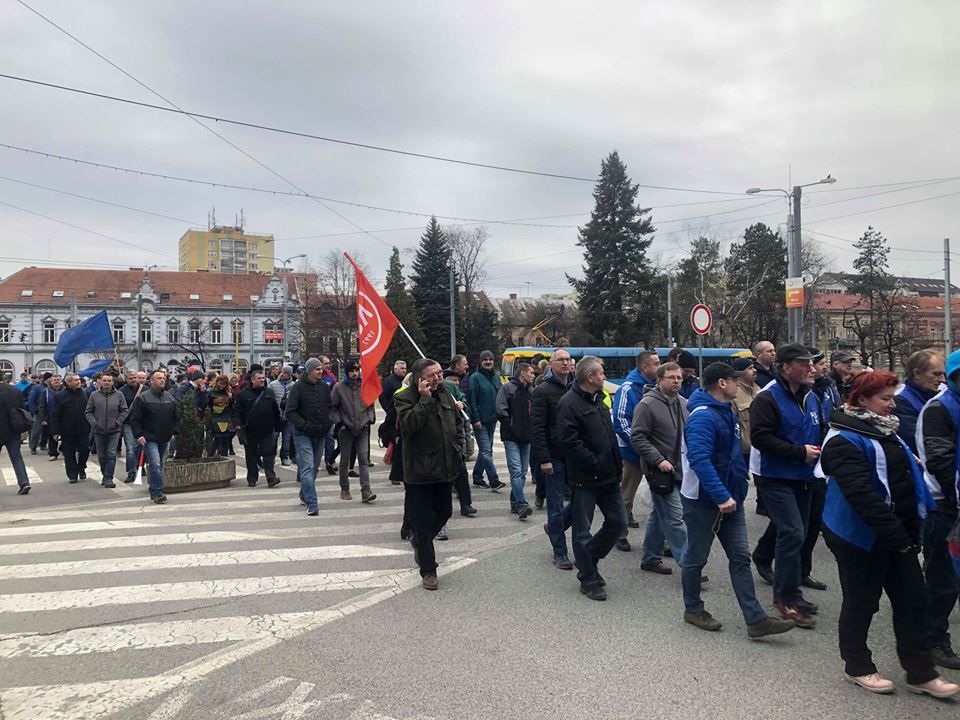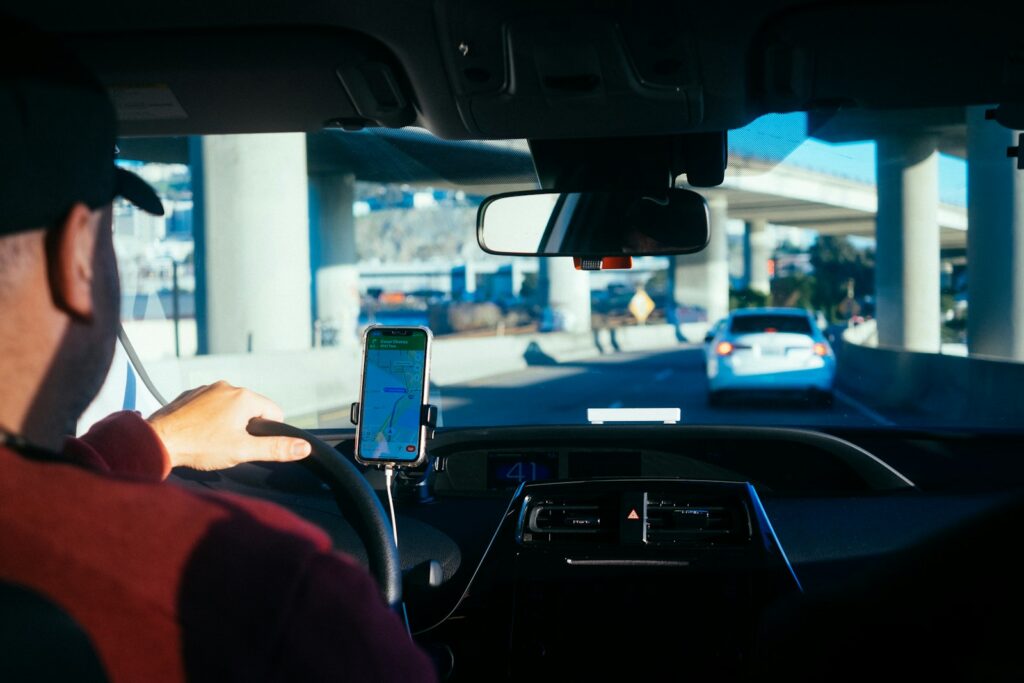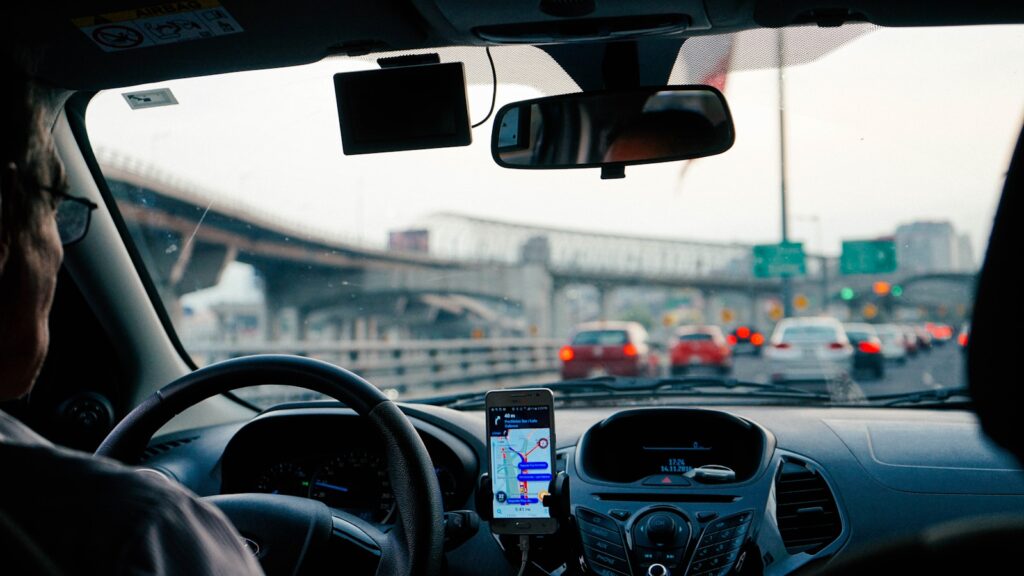
A significant labor development has ignited a spirited debate across professional forums, particularly within the technology sector. The recent tentative agreement between United Parcel Service (UPS) and the International Brotherhood of Teamsters union, representing approximately 340,000 delivery drivers and package handlers, has set a new benchmark for compensation in the logistics industry.
UPS CEO Carol Tomé announced during an earnings call that, by the conclusion of the five-year contract, the average full-time UPS driver could anticipate an annual pay and benefits package valued at approximately $170,000. This figure encapsulates the comprehensive value of the compensation package, encompassing not only base salary but also substantial benefits such as healthcare and pension contributions.
This projection, while signaling a substantial gain for UPS workers, has elicited a complex array of reactions from white-collar employees, most notably within the tech industry. Online platforms, particularly anonymous professional networks like Blind, have become a crucible for these contrasting sentiments, ranging from pronounced indignation to grudging admiration for the union’s negotiating prowess.
Many tech professionals have openly questioned the parity, or perceived disparity, between the compensation of a delivery driver and that of an engineer. A worker at TuSimple, an autonomous-trucking company, voiced a widely held sentiment on Blind, stating, “This is disappointing, how is possible that a driver makes much more than average Engineer in R&D?”

This individual further articulated the perceived effort-to-reward imbalance, remarking, “To get a base salary of $170k you know you need to work hard as an Engineer, this sucks.” Such comments underscore a prevalent belief among some in the tech community regarding the intellectual rigor and societal impact they associate with engineering roles.
Another tech worker from the healthcare-services company Centene echoed this dissatisfaction in a separate Blind thread, emphasizing, “I’m not demeaning other people but putting into perspective how much it takes for a swe or finance person to make that kind of money!!” This perspective highlights a sense of competitive unease regarding compensation structures across different industries.
Moreover, a worker from Meta joined the chorus, expressing the sentiment that software engineers, despite their specialized skills, were “underpaid.” The TuSimple worker, in a subsequent comment, elaborated on the perceived hierarchy of contribution, asserting, “the engineers that created that truck he drives are more important because the impact to society is higher, including providing a tool for work.

Yet, it is crucial to dissect the $170,000 figure with precision, as it represents the total value of the UPS package, not merely the base salary. UPS has clarified that drivers currently earn an average of approximately $95,000 per year in base pay, supplemented by an additional $50,000 in benefits, bringing their current total compensation to around $145,000.
Under the new contract, by its conclusion, full-time UPS delivery drivers are projected to earn an average of $49 per hour. Factoring in a standard 40-hour workweek, 52 weeks a year, this translates to nearly $102,000 in annual base pay alone, with drivers guaranteed an eight-hour workday.
The substantial benefit component, valued at $50,000, covers critical provisions such as health, welfare, and pension contributions. For context, Glassdoor indicates that the average median salary for an engineer in the United States stands at $103,845, with a base pay of approximately $91,958.

Comparatively, Glassdoor data suggests that TuSimple research engineers can command compensation ranging between $161,000 and $250,000. Meanwhile, software engineers employed directly by UPS reportedly make between $111,000 and $168,000, a figure that is expected to rise by the time the average UPS driver’s package reaches $170,000 in five years.
These comparisons introduce an additional layer of complexity to the debate, challenging the direct equivalence often drawn between the headline compensation figure and an engineer’s base salary. A Microsoft worker on Blind alluded to the impact of geography on earnings, noting, “$300k in the bay is like $90k in most of the country tho,” before adding, “The drivers are making it in LCOL,” referring to low-cost-of-living areas.
Amidst the expressions of discontent, a robust counter-narrative has emerged from other tech workers and members of the public, emphasizing the demanding nature and inherent value of a UPS driver’s work. An Amazon employee, in a forceful retort on Blind, admonished the critical tech workers to “Stop behaving like an elitist!”
This individual passionately defended the drivers’ roles, asking, “Why do you [think] someone driving long haul should make less than an engineer? What they do is important work. How do you think the grocery stores get stocked or your favorite stores? It’s these long haul drivers risking their lives driving 12 hour days sometimes in harsh weather.
The physical rigors of the job are often understated; UPS drivers are mandated to be highly active, regularly lifting and organizing heavy packages, and have historically contended with adverse working conditions, including extreme heat. Reports indicate that over 100 UPS workers have been hospitalized for heat-related illnesses in recent years.
Furthermore, UPS employees frequently endure grueling holiday shifts, a period marked by an exponential surge in package volume. A user named Claire Vo on X underscored this reality, sharing a personal anecdote: “I’d love for you to meet my dad who has delivered for UPS for over 35 years, hauls 100s of packages in the 105+ degree Texas heat, is literally Santa Claus in Dec, and does it for 9+ hours a day at 67 yo.
Another worker on Fishbowl highlighted the significant sacrifices inherent in the role, commenting, “Have fun not being allowed to take any PTO between the week of thanksgiving and new years.” These testimonies serve as a stark reminder of the physical and personal toll associated with the profession.
The broader context of labor movements in 2023, frequently dubbed “Hot Labor Summer,” provides a crucial backdrop to the UPS agreement. With ongoing strikes involving writers and actors in Hollywood, and a potential United Auto Workers union strike looming, there is a palpable resurgence in organized labor’s leverage.

This period reflects a growing assertiveness among workers seeking better wages, improved benefits, and enhanced working conditions in an environment where the cost of living has escalated disproportionately to wage growth. The low unemployment rates have further empowered workers to press for their demands.
Indeed, the Teamsters’ agreement with UPS is not merely a corporate contract; it is described by the union group as the “single largest private-sector collective bargaining agreement in North America.” Teamsters General President Sean M. O’Brien unequivocally stated, “Teamsters have set a new standard and raised the bar for pay, benefits, and working conditions in the package delivery industry.”
He further declared, “This is the template for how workers should be paid and protected nationwide, and nonunion companies like Amazon better pay attention.” This statement underscores the union’s intent to establish a precedent that could reverberate across various sectors of the U.S. economy, particularly those reliant on blue-collar labor.
The potential for a nationwide strike, which the tentative agreement ultimately averted, would have created a logistical catastrophe for businesses dependent on UPS’s daily delivery of an average of 24.3 million packages. The memory of the 1997 strike, which saw 185,000 UPS workers strike for 15 days, still lingers, though the Heritage Foundation reported that it “failed to produce significant gains” for employees at that time.

Adding further clarity to the compensation discussion, 33-year-old UPS driver Skyler Stutzman provided a detailed breakdown in a viral TikTok video viewed over 18 million times. With 15 years of experience at UPS, Stutzman aimed to demystify the $170,000 figure, noting, “$170,000 a year is a bit of an exaggeration here, but let me break it down for you.
Stutzman explained that under the previous contract, his hourly wage was $41.51. Upon ratification of the new contract, this would increase to $44.26 an hour. He calculated that working 40 hours a week for 52 weeks would result in a base salary of approximately $92,000 a year, explicitly excluding overtime.
He then delved into the significant value of benefits. Stutzman estimated that contributions to his pension amounted to roughly $11 to $13 per hour, translating to approximately $25,000 per year over 2080 hours. While he did not specify the exact monetary value of medical insurance, he asserted that collectively, “it would actually take about a $170,000-a-year job to replace this one for me.
Stutzman concluded his explanation by acknowledging the media’s portrayal, stating, “While the media is making it a little more profound than it really is, they’re really not that far off of how amazing it is to work for this company.” His transparent account reinforced the notion that the total compensation package offers substantial financial security.

Support for Stutzman’s message was overwhelming among online commenters. One user articulated a common sentiment, advising, “People, get mad at the corporations, hospitals, and businesses that are UNDERPAYING, not at an employee who has a living wage now.” Another commenter encouraged those feeling discontented to “find out why your field isn’t willing to offer you a livable wage!”
Some commenters also highlighted a less-publicized but critical aspect of the new deal: the mandated installation of air conditioning in UPS trucks for the first time. This long-overdue provision addresses a serious health and safety concern for drivers who have routinely operated in extreme temperatures without adequate climate control.
While the deal has not been universally applauded – some even jokingly wished for their packages to be delivered precisely on time – the overall narrative emphasizes the hard-won gains for unionized labor. There were also calls for the UPS union’s influence to extend to other professions, with one commenter asking, “Can the UPS union come help out teacher unions?”

Conversely, a minority of commenters remained critical. One individual remarked, “I’m sorry, this is ridiculous. Most RNs don’t make that much.” In a responsive video, Skyler Stutzman addressed this directly, stating, “I never said that I should make more than anybody in the medical industry. Now, this might be a little bit of an unpopular opinion, but I don’t think I should make less. I think they should make more.”
The announcement of the tentative agreement has already spurred a noticeable surge in interest in UPS employment. Bloomberg reported an over 50% uptick in job searches for UPS positions following the deal’s public disclosure. However, prospective applicants should note that new hires typically commence their careers by working in UPS warehouses, gradually working their way up to the coveted driver roles.
The vote on the tentative agreement is slated to conclude later this month, with results expected to be announced shortly thereafter. Regardless of the final ratification, the discourse surrounding the UPS contract has illuminated the complex interplay of wages, benefits, labor conditions, and societal perceptions of value across diverse sectors of the modern economy.
This development serves as a compelling case study in the evolving landscape of American labor. It underscores the potent impact of collective bargaining, the often-overlooked physical demands of essential blue-collar professions, and the sometimes-stark differences in compensation expectations between the digital and the physical economies. The conversation is far from over, as industries, workers, and policymakers continue to grapple with equitable compensation in a rapidly changing world.”_words”: “1809




